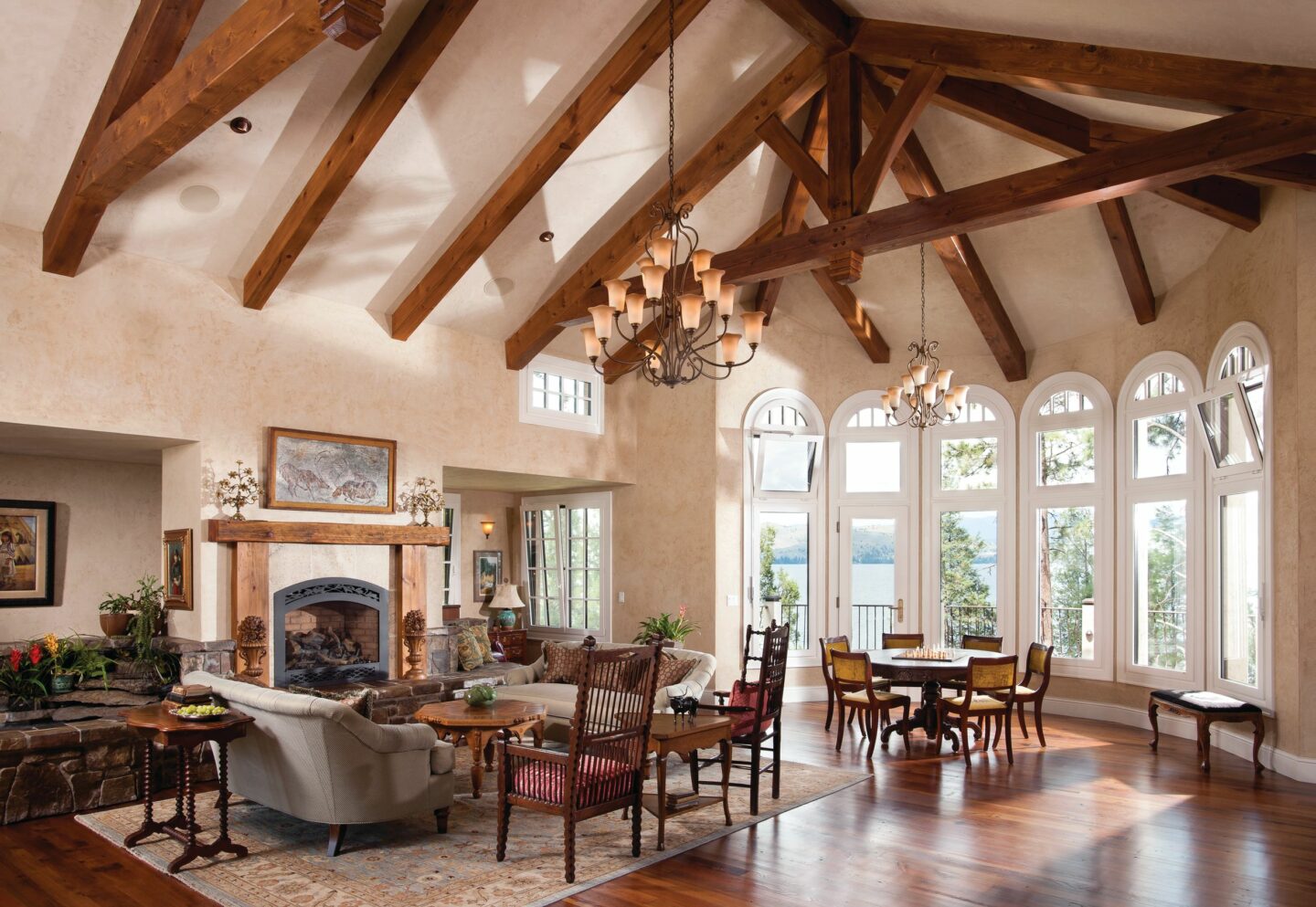
Best-ever Floorplan
There’s no such thing as the perfect floorplan, but there are ways to find the best floorplan possible for your current and future needs.
Everyone is familiar with the old saying, “Fail to plan, then plan to fail.” And when building a home, planning is essential. Positioning the home to maximize views, natural light, and energy efficiency and to minimize excavation costs, plus deciding the locations of outbuildings, are essential decisions before you select a floorplan. So, how can you
